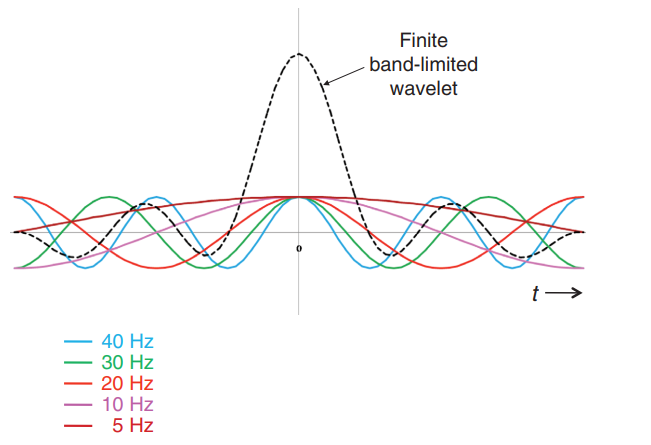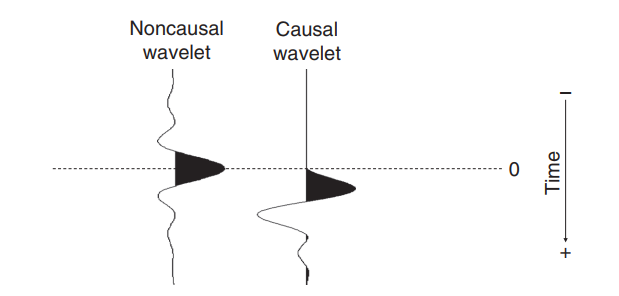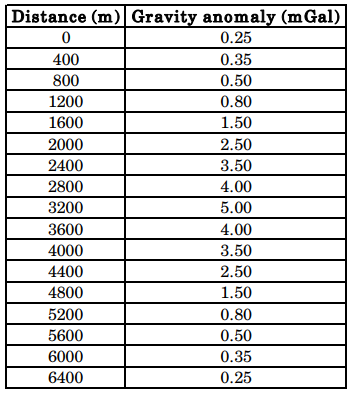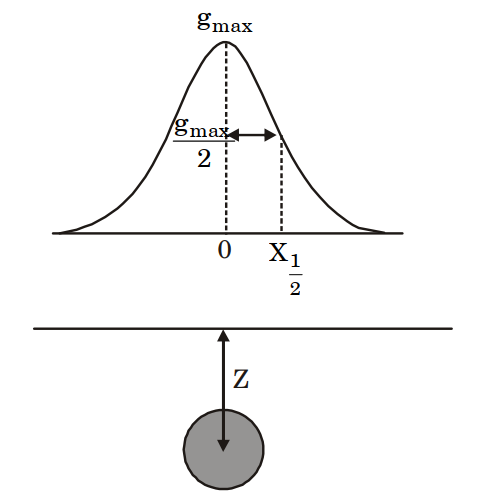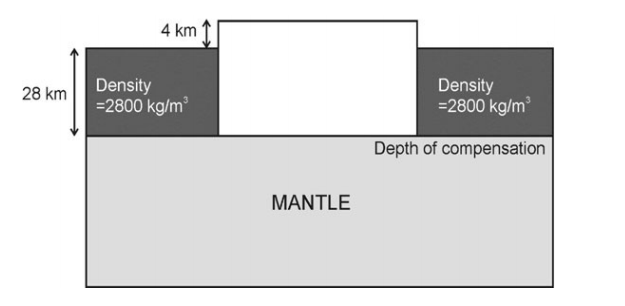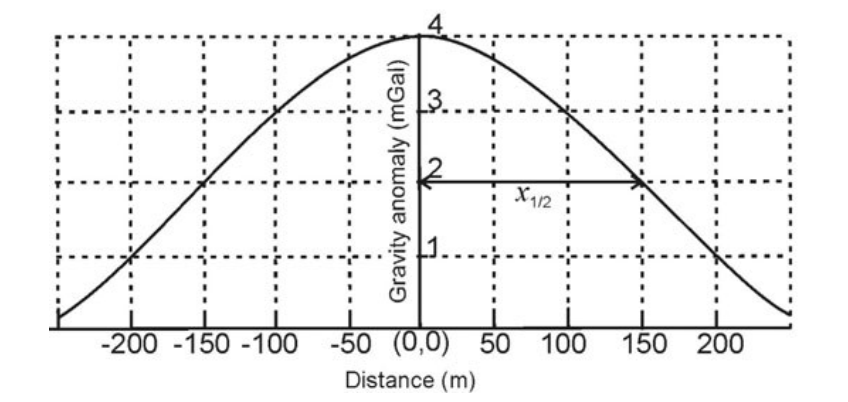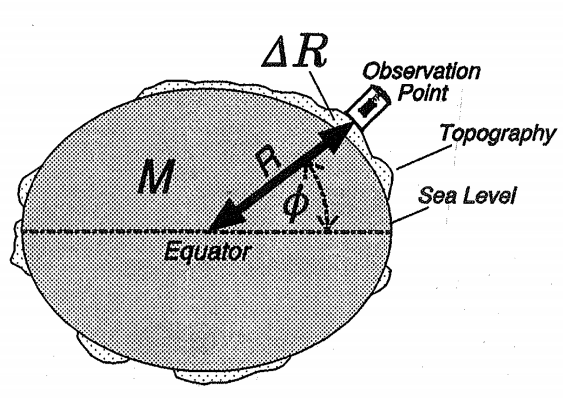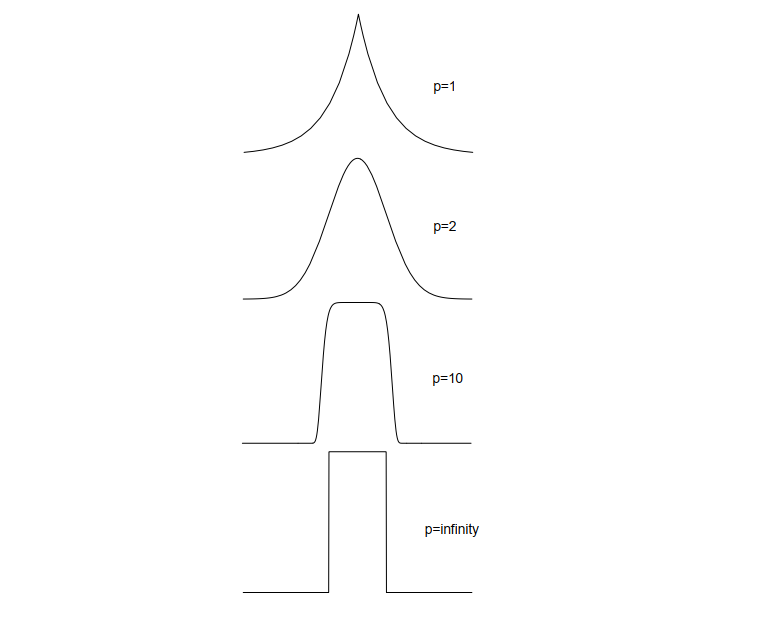Traps
NOMENCLATURE OF A TRAP
The highest point of the trap is the crest, or culmination.
The lowest point at which hydrocarbons may be contained in the trap is the spill point; this lies on a horizontal contour, the spill plane.
The vertical distance from crest to spill plane is the closure of the trap.
The zone immediately beneath the petroleum is referred to as the bottom water, and the zone of the reservoir laterally adjacent to the trap as the edge zone.
Within the trap the productive reservoir is termed the pay.
The vertical distance from the top of the reservoir to the petroleum/water contact is termed gross pay.
All of the gross pay does not necessarily consist of productive reservoir, so gross pay is usually differentiated from net pay.
The net pay is the cumulative vertical thickness of a reservoir from which petroleum may be produced. Development of a reservoir necessitates mapping the gross : net pay ratio across the field.
Within the geographic limits of an oil or gas field there may be one or more pools, each with its own fluid contact.
This field contains two pools, with different oil : water contacts (OWC). In the upper pool the net pay is much less than the gross pay because of non-productive shale layers. In the lower pool the net pay is equal to the gross pay.
DISTRIBUTION OF PETROLEUM WITHIN A TRAP
A trap may contain oil, gas, or both. The oil : water contact (OWC) is the deepest level of producible oil. Similarly, the gas : oil contact (GOC) or gas : water contact is the lower limit of producible gas.
Where oil and gas occur together in the same trap, the gas overlies the oil because the gas has a lower density.
Whether a trap contains oil and/or gas depends both on the chemistry and level of maturation of the source rock and on the pressure and temperature of the reservoir itself.
Fields with thick oil columns may show a more subtle gravity variation through the pay zone. Boundaries between oil, gas, and water may be sharp or transitional. Abrupt fluid contacts indicate a permeable reservoir; gradational ones indicate a low permeability with a high capillary pressure. Not only does a gross gravity separation of gas and oil occur within a reservoir, but more subtle chemical variations may also exist.
Fluid contacts in a trap are generally planar, but are by no means always horizontal. Correct identification of the cause of the tilt is necessary for the efficient production of the field. There are several causes of tilted fluid contacts.
They may occur where a hydrodynamic flow of the bottom waters leads to a displacement of the hydrocarbons from a crestal to a flank position. This displacement can happen with varying degrees of severity.
In some fields the OWC has tilted as a result of production, presumably because of fluid movement initiated by the production of oil from an adjacent field.
An alternative explanation for a sloping fluid contact is that a trap has been tilted after hydrocarbon invasion, and the contact has not moved.
A third possible cause of a tilted OWC may be a change in facies.
SEALS AND CAP ROCKS
For a trap to have integrity it must be overlain by an effective seal. Any rock may act as a seal as long as it is impermeable. Seals will commonly be porous, and may in fact be petroleum saturated, but they must not permit the vertical migration of petroleum from the trap. Shales are the commonest seals, but evaporites are the most effective. Shales are commonly porous, but because of their fine grain size have very high capillary forces that prevent fluid flow.
Shales may selectively trap oil, while permitting the upward migration of gas. Gas chimneys may sometimes be identified on seismic lines either by a velocity pull-down of the reflector on top of the reservoir, and/or by a loss in seismic character in the overlying reflectors. Indeed some petroleum accumulations are sometimes identified because of their gas-induced seismic anomalies.
CLASSIFICATION OF TRAPS
Wavelet
Practical seismic waveforms are finite and have limited bandwidth. They are the summation of discrete sinusoids, each with its own amplitude, frequency, and phase characteristics.
A band-limited wavelet and its component sinusoids is shown below,
A bandlimited signal cannot be also timelimited. More precisely, a function and its Fourier transform cannot both have finite support unless it is identically zero.
Zero phase
When the wavelet is symmetric about t = 0, it is referred to as a zero-phase wavelet, each of its component sinusoids is zero phase, and each is uniquely defined by its own amplitude and frequency.
Constrained Least Square Inversion
GATE questions Inversion
GATE 2009
GATE 2010
GATE 2011
GATE 2012
GATE 2013
GATE 2014
GATE 2015
GATE 2016
GATE 2017
GATE 2018
GATE 2019
GATE 2020
Null space
- First, the exact inversion techniques are usually only applicable for idealistic situations that may not hold in practice.
- Second, the exact inversion techniques often are very unstable.
- Third reason is the most fundamental. In many inverse problems the model that one aims to determine is a continuous function of the space variables. This means that the model has infinitely many degrees of freedom. However, in a realistic experiment the amount of data that can be used for the determination of the model is usually finite. A simple count of variables shows that the data cannot carry sufficient information to determine the model uniquely.
The fact that in realistic experiments a finite amount of data is available to reconstruct a model with infinitely many degrees of freedom necessarily means that the inverse problem is not unique in the sense that there are many models that explain the data equally well. The model obtained from the inversion of the data is therefore not necessarily equal to the true model that one seeks. This implies that the view of inverse problems as shown in fig1 is too simplistic. For realistic problems, inversion really consists of two steps.
Let the true model be denoted by m and the data by d. From the data d one reconstructs an estimated model \(m^{est}\), this is called the estimation problem (Fig2). Apart from estimating a model \(m^{est}\) that is consistent with the data, one also needs to investigate what relation the estimated model \(m^{est}\) bears to the true model m.
In the appraisal problem one determines what properties of the true model are recovered by the estimated model and what errors are attached to it. Thus, $$inversion = estimation + appraisal$$In general there are two reasons why the estimated model differs from the true model. The first reason is the non-uniqueness of the inverse problem that causes several (usually infinitely many) models to fit the data. Technically, this model null-space exits due to inadequate sampling of the model space. The second reason is that real data are always contaminated with errors and the estimated model is therefore affected by these errors as well.
Therefore model appraisal has two aspects, non-uniqueness and error propagation.
Model estimation and model appraisal are fundamentally different for discrete models with a finite number of degrees of freedom and for continuous models with infinitely many degrees of freedom. Also, the problem of model appraisal is only well-solved for linear inverse problems. For this reason the inversion of discrete models and continuous models is treated separately, and the case of linear inversion and nonlinear inversion is also treated independently.
Despite the mathematical elegance of the exact nonlinear inversion schemes, they are of limited applicability. There are a number of reasons for this.
The vector d of the realisations can be related by a linear function to the vector of model parameters as:$$d=Gm \tag{1}$$where, G is an M x N matrix, and m and b are vectors of dimension N and M respectively. Equation (1) defines G as a linear mapping from an N-dimensional vector space to (generally) an M-dimensional one. But the map might be able to reach only a lesser-dimensional subspace of the full M-dimensional one. That subspace is called the range of G. The dimension of the range is called the rank of G. Sometimes there are nonzero vectors \(m_0\) that are mapped to zero by G, that is, \(Gm_0=0\). The space of such vectors (a subspace of the N-dimensional space that \(m_0\) lives in) is called the nullspace of G, and its dimension is called G’s nullity. The nullity can have any value from zero to N.
System (1) is usually either under- or over-determined, and a least squares solution is sought; unfortunately, we rarely get a unique and reliable solution because it is rank deficient. In fact, the so-called null space exists, constituted by vectors \(m_0\) being solution of the associated homogeneous system:$$Gm_0=0\tag{2}$$
Any linear combination of vectors \(m_0\) with a solution of (1) still satisfies system (1), and therefore the number of possible solutions is infinite in this case.
Singular value decomposition (SVD) allows to express matrix G by the following product:$$A = USV^T$$where: \(U^TU = I\), \(V^TV = VV^T = I\) , and I is the identity matrix.
The elements \(s_{ij}\) of the diagonal matrix S are the singular values of G. The columns of the matrix V corresponding to null singular values constitute an orthonormal basis of the nullspace, whilst the columns of U corresponding to non-null singular values are an orthonormal base of the range.
and $$Gm2=d$$
Subtracting these two equations yields
$$G(m1-m2)=0$$
Since, the two solutions are by assumptions distinct, their difference $$m_0=m_1-m_2$$ is non-zero.
The converse is also true, any linear inverse problem that has null vectors then it has non-unique solution. If \(m_{par}\) (particular) is an non-null solution to \(Gm=d\), for instance minimum length solution, then \(m_{par}+\alpha m_0\), is also a solution any choice of \(\alpha\).
GATE questions Gravity method
GATE 2009
GATE 2010
GATE 2011
GATE 2012
GATE 2013
GATE 2014
GATE 2015
GATE 2016
GATE 2017
GATE 2018
GATE 2019
GATE 2020
Corrections for gravity data
Free Air Gravity Anomaly
Gravity observed at a specific location on Earth's surface can be viewed as a function of three main components:
- the latitude (\(\phi\))of the observation point, accounted for by the theoretical gravity formula;
- the elevation (\(\Delta R\)) of the station, which changes the radius (R) from the observation point to the center of the Earth; and
- the mass distribution (M) in the subsurface, relative to the observation point.








